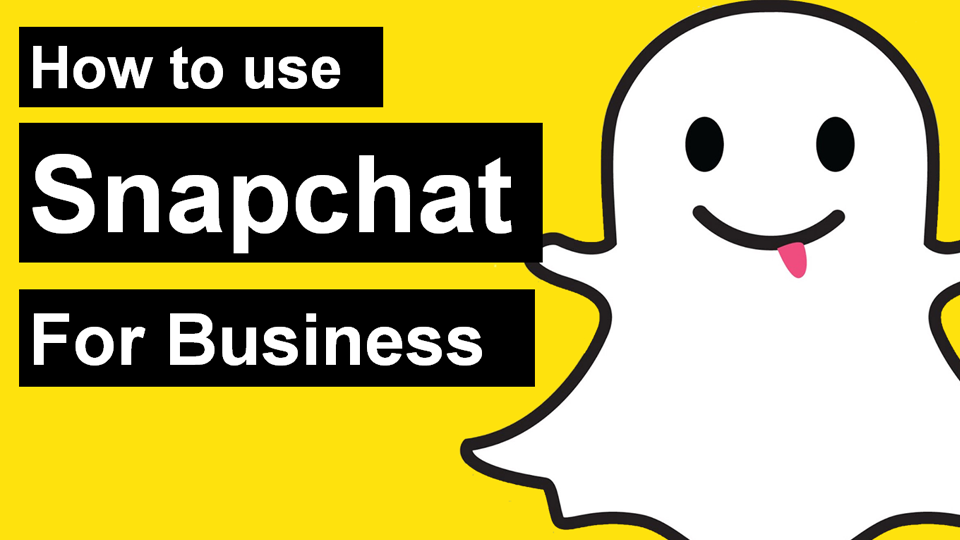How Website Advertising Works Find out how to sell and earn!

There are more and more media and websites that are beginning to have considerable traffic and want to monetize this audience, that is, to earn money thanks to the insertion of advertising formats on the portal. For this reason, in this article, I want to show you how advertising works on websites, how to sell, and how much you earn.
“How can I ‘sell’ my website?” If you’ve considered monetizing your page, you’ve probably thought about the option of placing web advertising to earn passive income with little effort. But it’s critical to know what to expect and have realistic expectations. That’s why in this article, we explain how to price advertising on your website, what advertising formats exist, and who can help you market your website with advertising..
Price advertising on your website
If you want to jump into the web advertising market, the first thing you’ll need to do is realistically assess your site’s potential revenue. And I especially emphasize the “realistic”: although we have all heard stories like that of the Australian Darren Rowse, who earned $250,000 in income from his blogs in 2007, the truth is that few websites obtain really relevant income in this way. Also, it’s worth remembering that web advertising shouldn’t be your only source of monetization, as it relies heavily on third parties (such as Google’s AdSense program) and a change in their policies could kill your revenue.
Once this notice has been made, there are two things you should calculate to assess the potential income of your website:
- How much traffic do you generate? Here, you don’t have to rely exclusively on your Analytics data: you’ll need to use third-party platforms such as Nielsen, Omniture, or Comscore to have an authorized number of unique visitors.
- How much is the traffic you get worth? It’s not just about quantity, it’s also about quality. Generalist traffic is not the same as segmented traffic. If you can focus on a particular niche and can prove it with statistics, it will be easier to sell your website to advertisers in that sector.
With these two pieces of information, you will be much more prepared to estimate the value of advertising on your website. There are several pricing modalities, but the most common are cost per click (CPC), cost per thousand impressions (CPM), and cost per lead (CPL). For example, if your cost per thousand is two euros and an advertiser contracts 100,000 impressions, you will receive 200 euros when you manage to show the ad to your visitors 100,000 times.
Once your campaign is up and running, you can follow these tips to maximize your revenue:
- Work on SEO. Although it seems obvious, it never hurts to remember: the higher positions in Google results, the more visits you will receive, and therefore, the more income you can generate.
- Try different formats. According to Google data, the most popular ads are those located in 336×280 and 300×250 rectangles and in 160×600 skyscrapers… But every website is different. Research with different formats and measure the results to achieve the highest possible profitability.
- Take care of the placement of the ads. Users don’t pay the same attention to the entire web, so there are better and worse places to place ads. They will generally be more visible if they are at the top of the page and near useful content or navigational aids. If you have doubts about where to place them, you can look for a specialized tool to generate heat maps and see which areas are the most popular.
- Watch out for colors! The idea is that the ads are harmoniously integrated into the web, not that they are perceived as something strange. If necessary, look for color configuration options to integrate as much as possible.
What advertising formats are there?
According to the IAB (Internet Advertising Bureau), these are the different web advertising formats available:
Built-in standard formats (fixed position on the page):
- Pagesteal / Medium rectangle 300×250
- Page Stealer / Square 300×300
- Page-Stealer / Splitscreen 300×600
- Banner 468×60
- Half banner / Half banner 234×60
- Half banner / Half banner 234×90
- Megabanner 728×90
- Megabanner (+)900*x90 (*depends on the medium)
- Skyscraper / Skyscraper 120×600
Special formats:
– Expandable: integrated formats that can gain screen through a second format called a panel.
- Pagesteal / Medium rectangle 300×250
- Page Stealer / Square 300×300
- Banner 468×60
- Half banner / Half banner 234×60
- Megabanner 728×90
- Skyscraper / Skyscraper 120×600
– Floating: formats that do not have a fixed position on the page.
- Interstitial 800×600
- Layer 400×400
– Rising stars:
- Billboard 900×250
- Filmstrip 5 segments 300×600 (300×3000)
- Portrait 300×1050
- Slider 950×90 (Expandable up to 950×550)
- Sidekick 300×250 (Expandable up to 850×700 by shifting editorial content to the left)
- Pushdown 970×90 (Expandable up to 970×415)
As you can see, there is a whole world of options at your disposal, so choosing one or the other will depend on the requirements of the advertiser and the space available on your website. Always taking into account not to saturate the available space, since this generates a bad impression on the user, and the loss of quality of the visit would counteract the possible benefits of putting more advertising. Also,o remember that there are advertising providers specialized in video and mobile.
Who can help you market your website with advertising?
If you are looking to generate passive income through banners, your first option is undoubtedly Google AdWords and its AdSense website ad sales program. But there are also many other options of a more modest size: Smowtion, Infolinks, Chitika, Yahoo… You can even look for Spanish suppliers.
On the other hand, advertising on web pages is not the only way to monetize your site. There are other options, such as content marketing, which is based on selling the influence of your online media and your writing skills through sponsored posts, product reviews, etc.
We hope this post has served as an introduction to place advertising on your web pages. One last tip: if you want your monetization strategy to work, focus on creating quality content and always remember that web advertising is a long-term investment. Luck!










